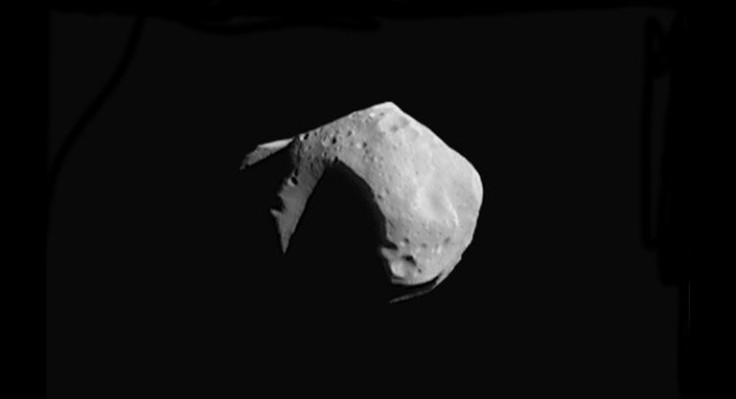NASA DART Mission To Collide With Asteroid In 2022

NASA’s Double Asteroid Redirection Test (DART) is set to demonstrate a planetary defense technique, but this won't happen until a few more years.
NASA's DART is a planetary defense mission which aims to prevent or deflect asteroid impacts. It involves a spacecraft crashing into an asteroid to deflect or redirect the trajectory of the moonlet in a binary asteroid system called Didymos.
Didymos is composed of a large central asteroid, Didymos A, and a small orbiting moon called Didymos B. The DART spacecraft will target the Didymos B.
#DART, @NASA's first planetary defense mission, will get one chance to hit its target: the small moon of a binary asteroid. ☄️💥Here's how #JHUAPL plans to pull off a feat in in real life that, until now, has only been the stuff of #SciFi stories. 🛰️ https://t.co/NzTqDtGPuL pic.twitter.com/h4cuvLphZF
— Johns Hopkins APL (@JHUAPL) May 6, 2019
NASA’s DART will be launched in the summer of 2021 and is expected to slam into its target in September 2022.
The mission team will observe the response of the asteroid after the collision and how it affects its motion relative to the Didymos system. The asteroid in the Didymos system is an ideal target since it poses no danger to Earth. It is also easy to measure the change in small asteroids orbiting larger space rocks compared to observing an asteroid orbiting the Sun.
The updated DART model features small hydrazine thrusters and the ability to utilize Evolutionary Xenon Thruster Commercial (NEXT-C) ion engine, an electric prolusion system designed by NASA.
Aboard DART is the Didymos Reconnaissance and Asteroid Camera for Op-nav (DRACO). DRACO is an optical navigation system that will guide DART in reaching its target. A Small-body Manuevering Autonomous Teal-Time Navigation (SMART Nav) algorithm will then receive the images by DRACO before it crashes into Didymos B.
Scientists still need to thoroughly understand the binary asteroid system. Though Didymos has been studied since 2015, Earth-based research is not enough to fully understand its properties. Properties of the Didymos will affect the success of the DART mission.
“Even though we are performing ground-based observations, we don’t know much about Didymos B in terms of composition and structure,” Angela Stickle, DART’s Impact Simulation Working Group Lead from Applied Physics Laboratory in Laurel, Maryland, said. “We need to anticipate a wide range of possibilities and predict their outcomes, so that after DART slams into Didymos B we’ll know what our measurements are telling us.”
DART will launch to space together with CubeSat, the Italian Space Agency’s LICIACube. LICIACube will be released before the impact of DART to document its aftermath.
SpaceX’s Falcon 9 was recently commissioned to launch NASA’s DART mission.
© Copyright IBTimes 2024. All rights reserved.





















